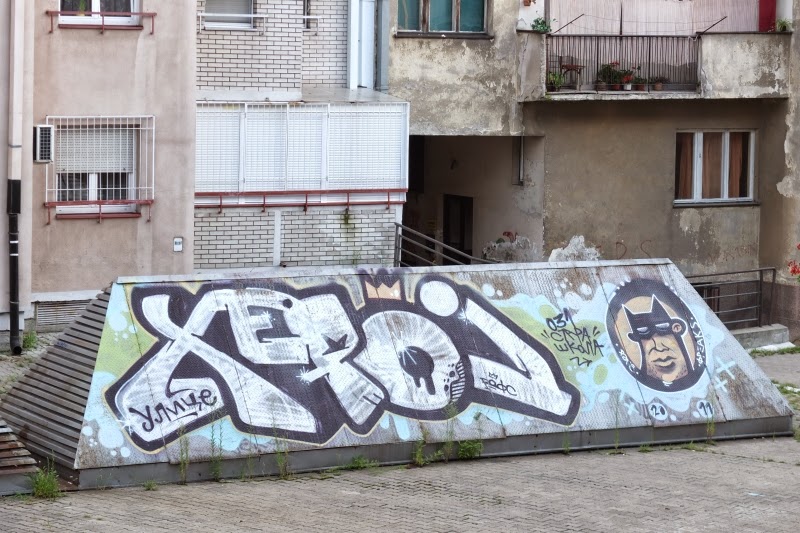On this blog, I'll mostly post pictures taken during my travels. Occasionally, I will post notes on one of my passions: books. Sur ce blog, il y a surtout des photos prises au cours de mes voyages. A l'occasion, j'y parlerai aussi d'une de mes passions: les livres.
Monday, August 25, 2014
Lopatnica after the rain
These pictures were taken in the small village of Lopatnica (Western Serbia), which is located about 30 km from the city of Kraljevo. It is a very peaceful rural place, nested in a valley, with the river of the same name flowing nearby. On the evening that these pictures were taken, a big storm had brought plenty of moisture which slowly dissolved in the Summer heat.
Thursday, August 21, 2014
Studenica, Žiča, Maglić fortress, Serbia
The first five pictures were taken at Studenica monastery in Serbia. Studenica and Žiča are medieval monasteries located in Serbia's "valley of the kings." Žiča, easily recognized by its unusual red color is near the town of Kraljevo. These monasteries are located in spectacular locations, display beautiful stone and brick work and are decorated with frescoes in various states of preservation (photography is not allowed inside).
Wednesday, August 20, 2014
Užice, Kraljevo
Second, the
iconic monumnent to Stevan Filipović near the town of Valjevo. Filipović was a
young metal worker and Partisan who was captured by Germans in WWII. While he
was facing his executioner in May 1942 he shouted an admonition to his fellow Yugoslavs
to resist the occupation. The monument on a hill shows a large abstracted
figure, made of riveted metal sheets, standing with arms stretched and fists
closed in a dramatic posture of determination, resistance and strength.
Third, the gigantic WWII monument built between
1952 and 1979 in the village of Kadinjača
near Užice: Memorial Complex Kadinjača. Užice
used to hold a special place in socialist Yugoslavia’s historiography since it
is the town where in November 1941 a group of 61 partisans, members
of the Workers Battalion of Užice Partisan Detachment, held at bay the much more
numerous German offensive which was trying to break the liberated territory “Republic
of Užice.” This allowed Tito to escape to the nearby
Tara mountains.
These partisans in effect sacrificed themselves in order to protect the life of the Partisan leader. Here again the three primary colors dominate the landscape: green meadow grass, blue sky and two circular patched of scarlet sage which no doubt symbolizes the spilled blood of the heroic partisans. The abstract white sculptures which make up the monument, groups of are large concrete sculptures painted white, are stunning and very moving.
These partisans in effect sacrificed themselves in order to protect the life of the Partisan leader. Here again the three primary colors dominate the landscape: green meadow grass, blue sky and two circular patched of scarlet sage which no doubt symbolizes the spilled blood of the heroic partisans. The abstract white sculptures which make up the monument, groups of are large concrete sculptures painted white, are stunning and very moving.
Subscribe to:
Comments (Atom)






















































